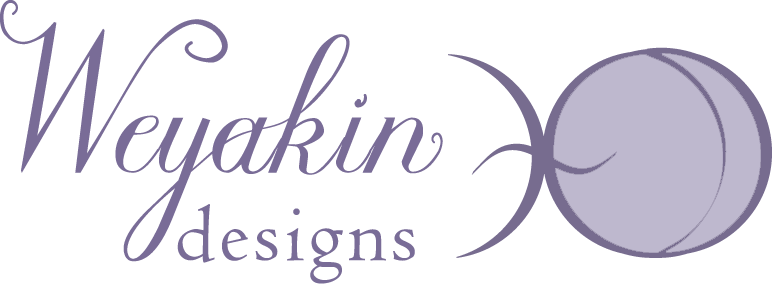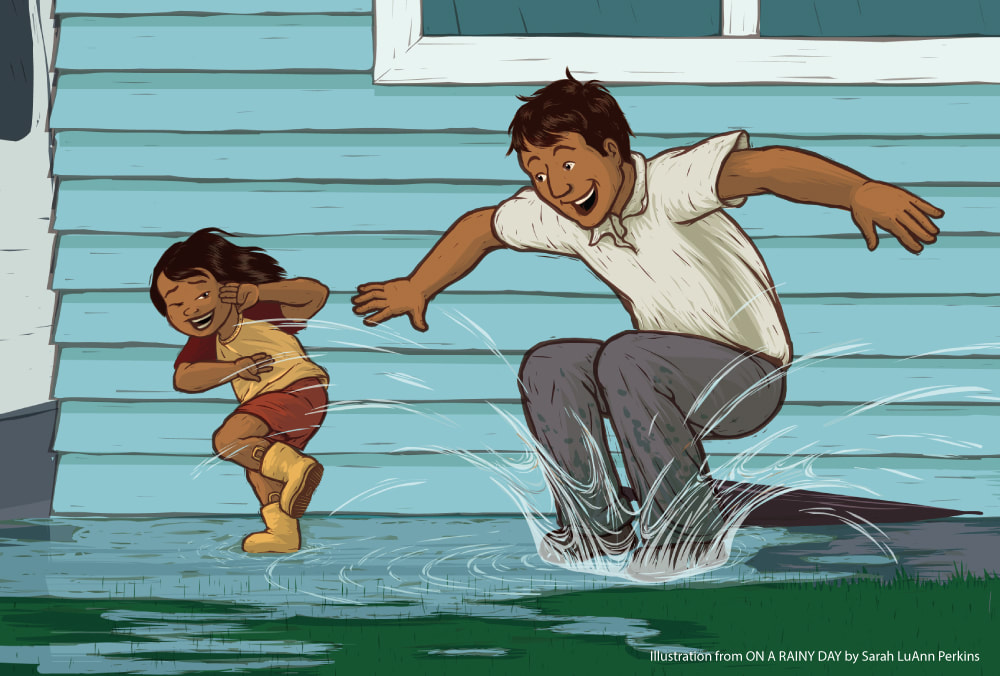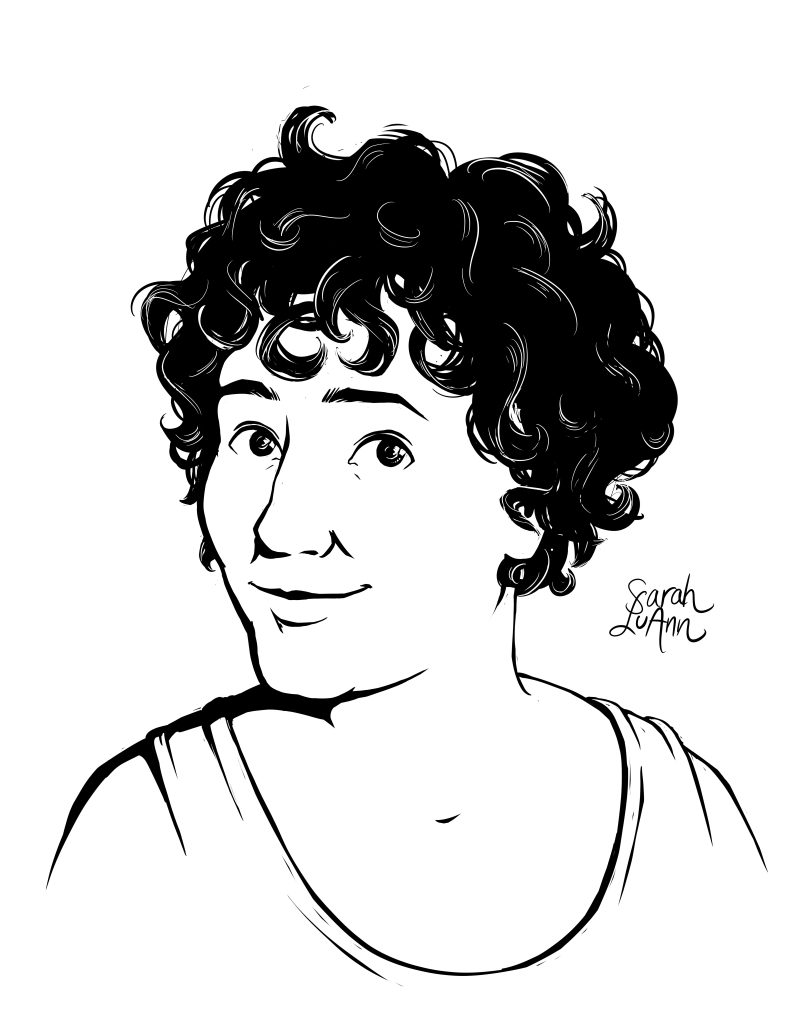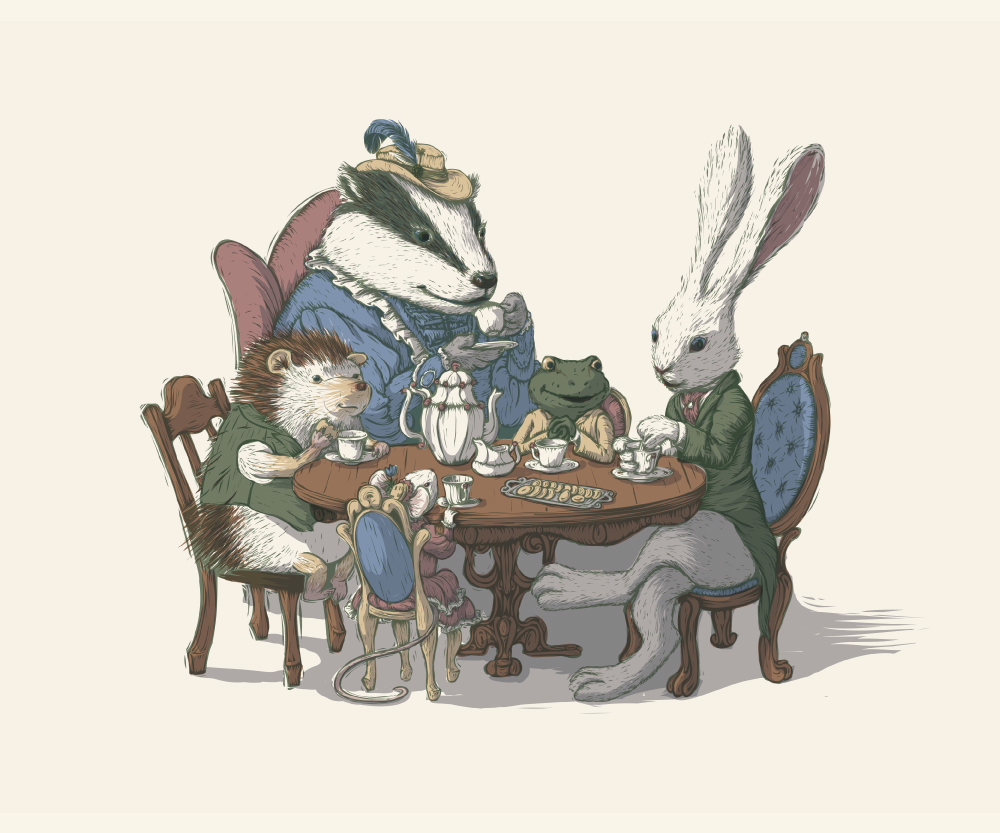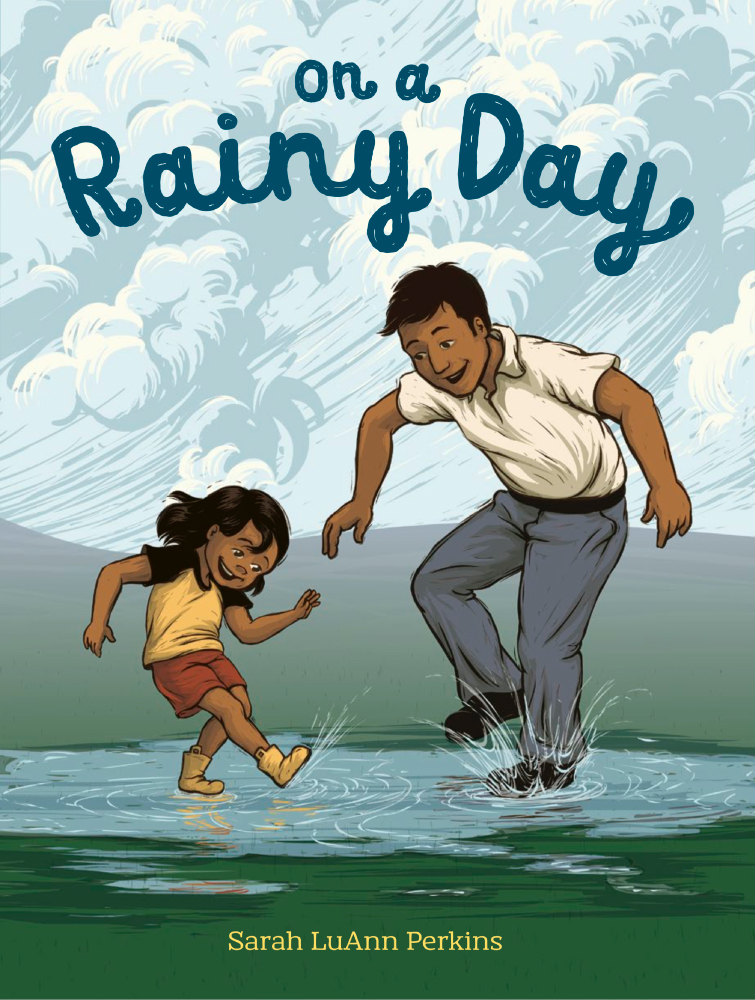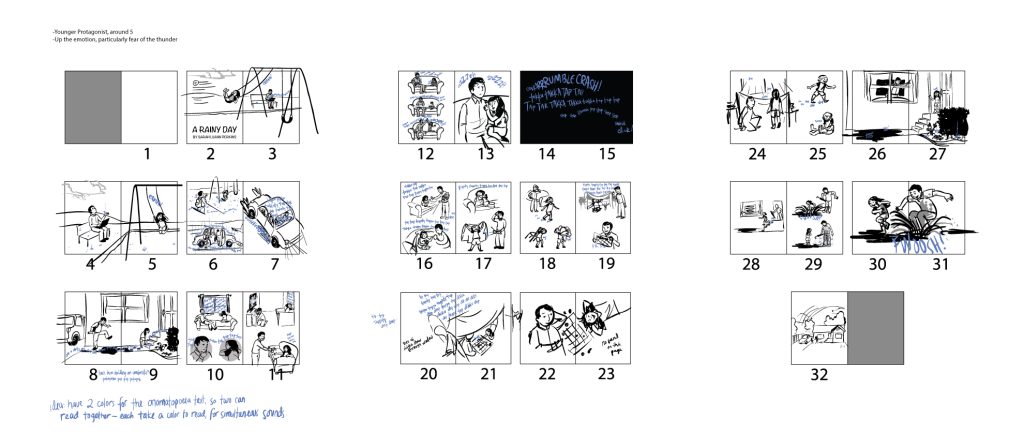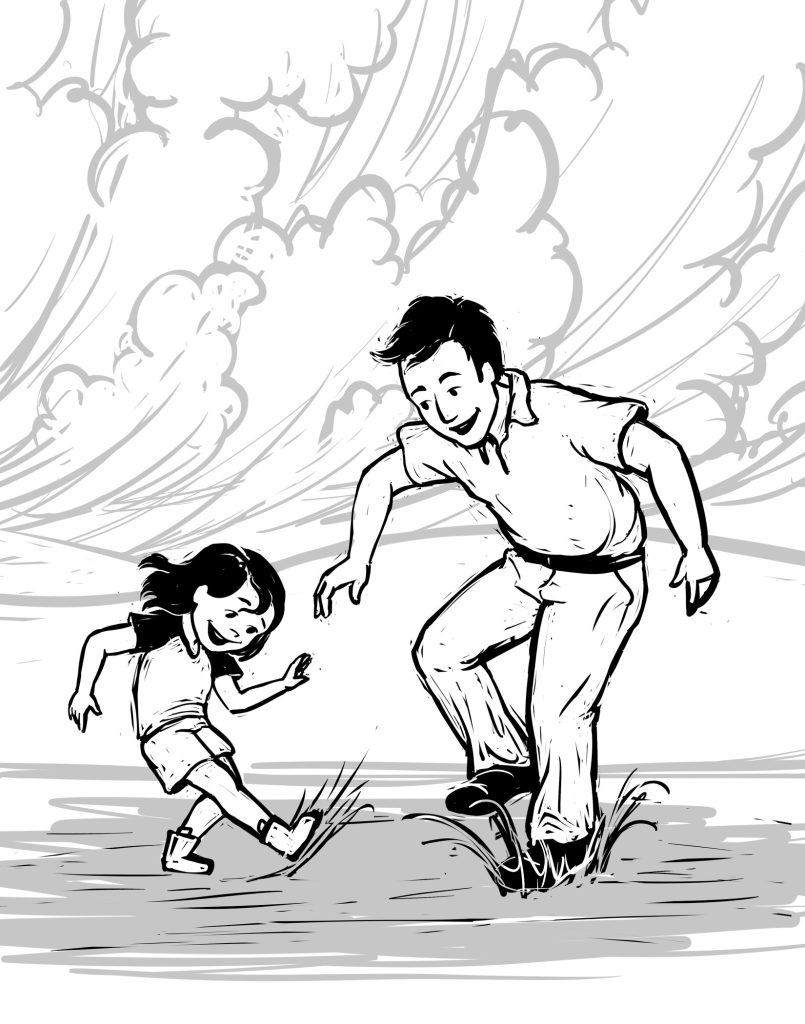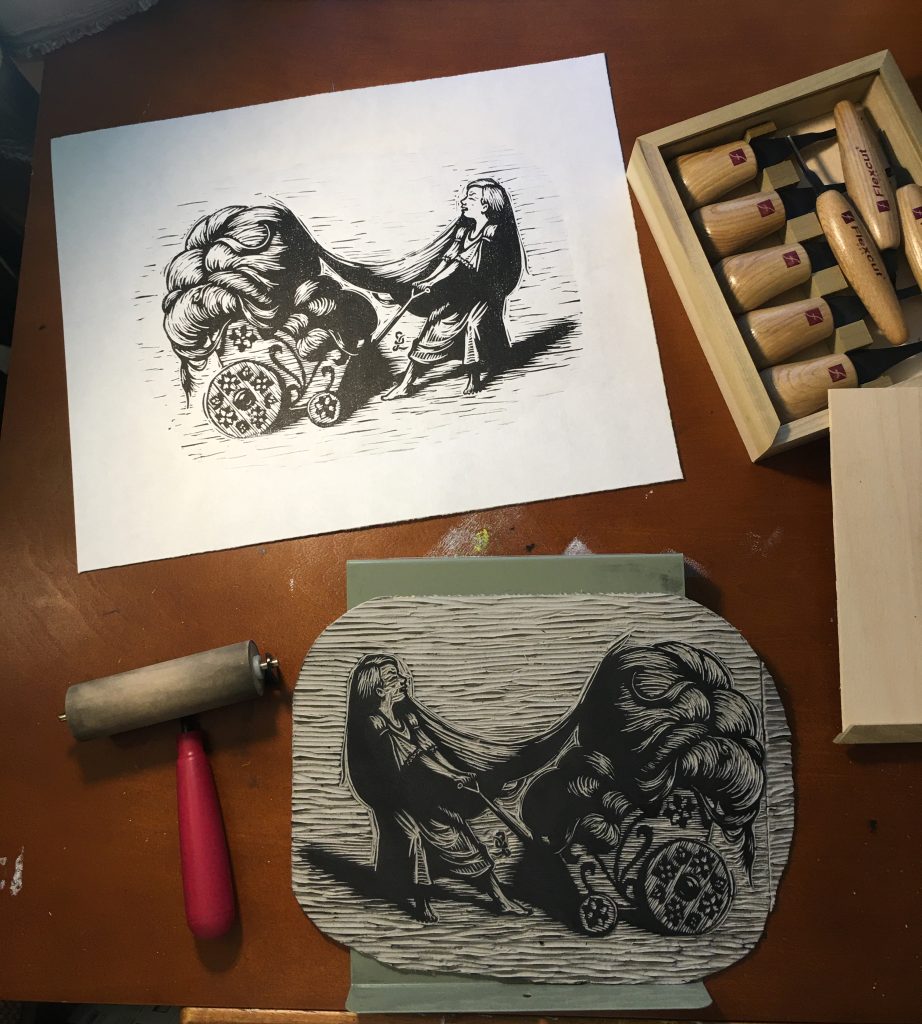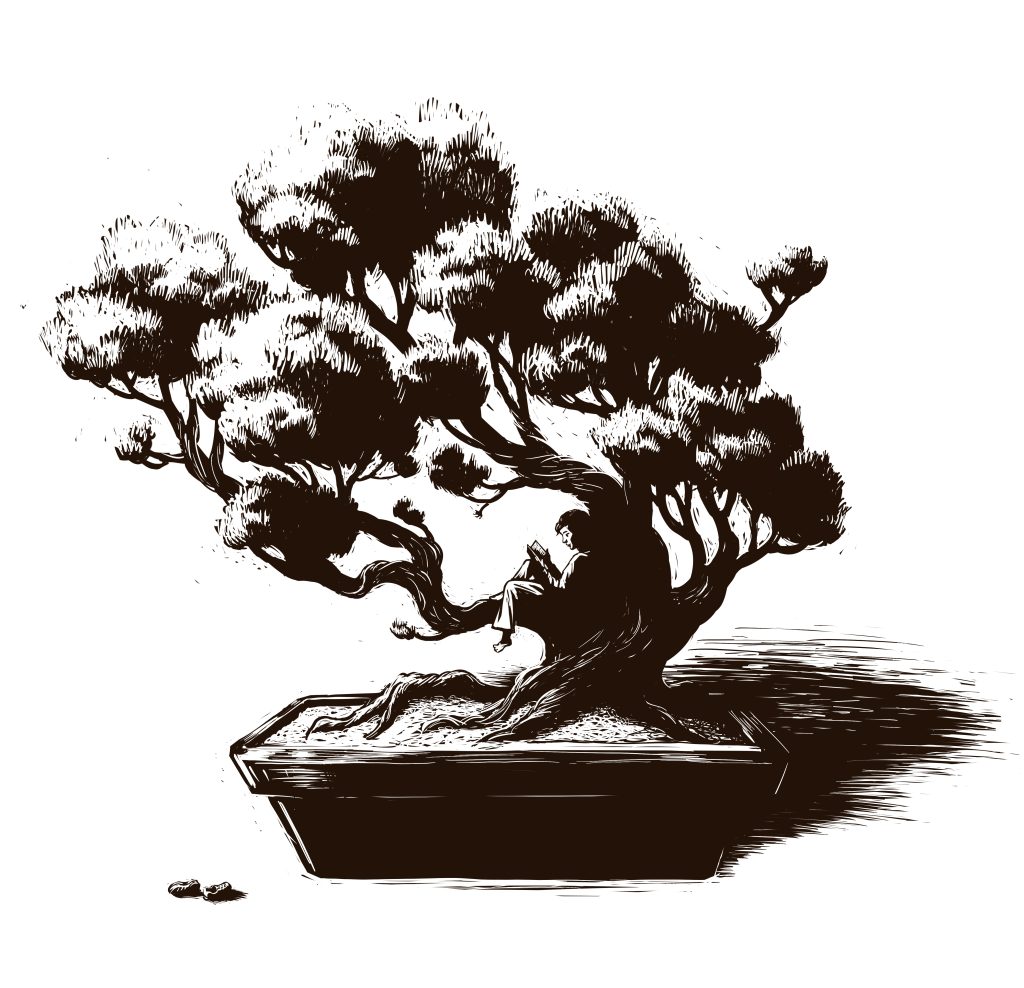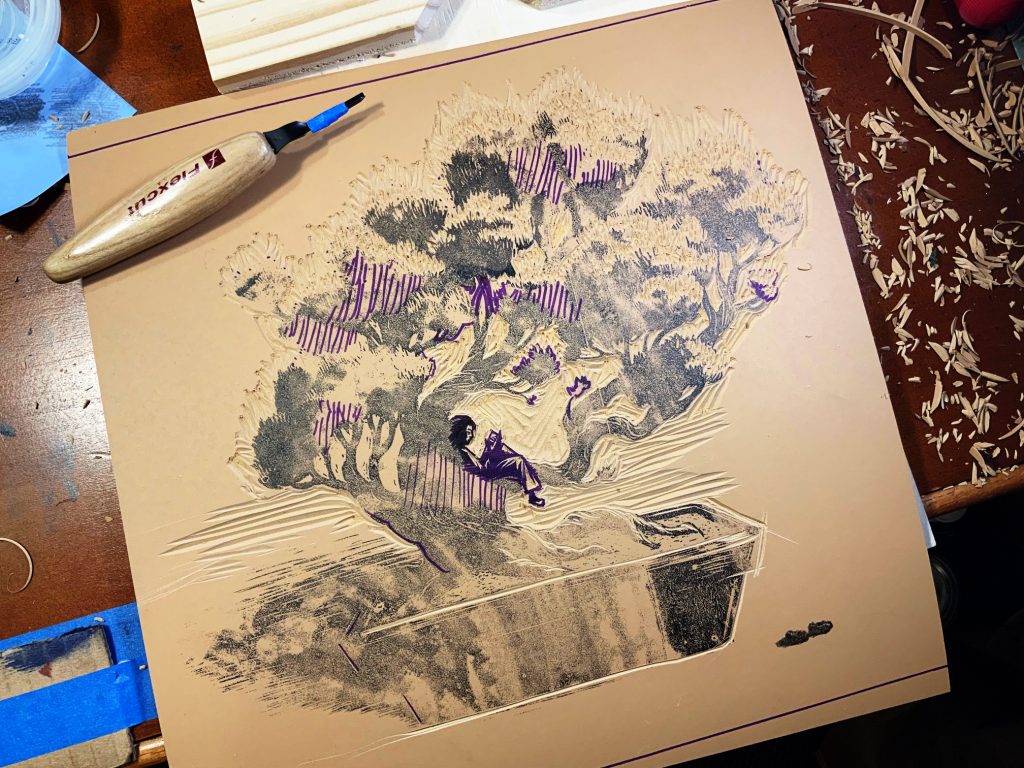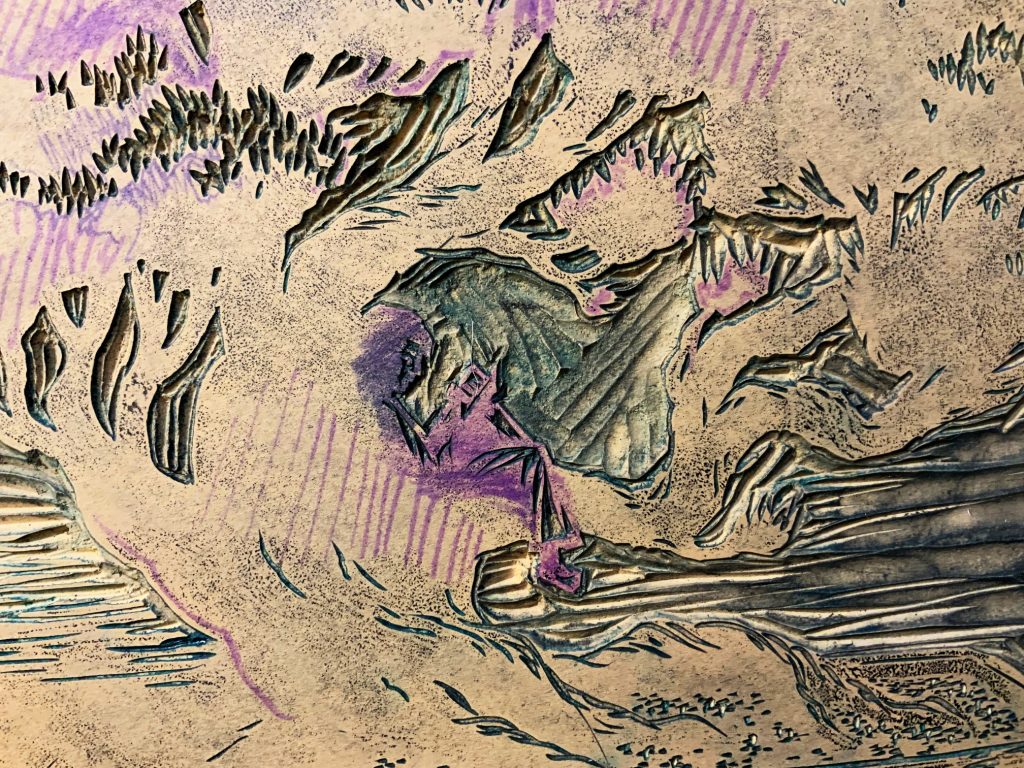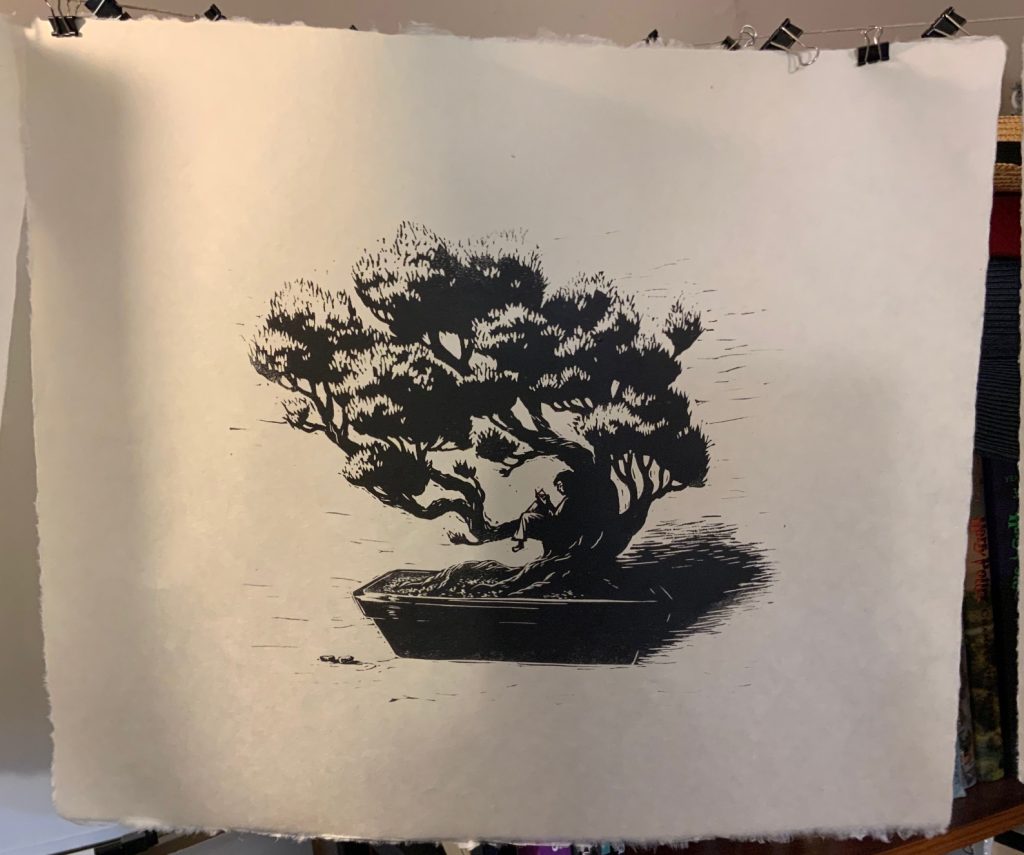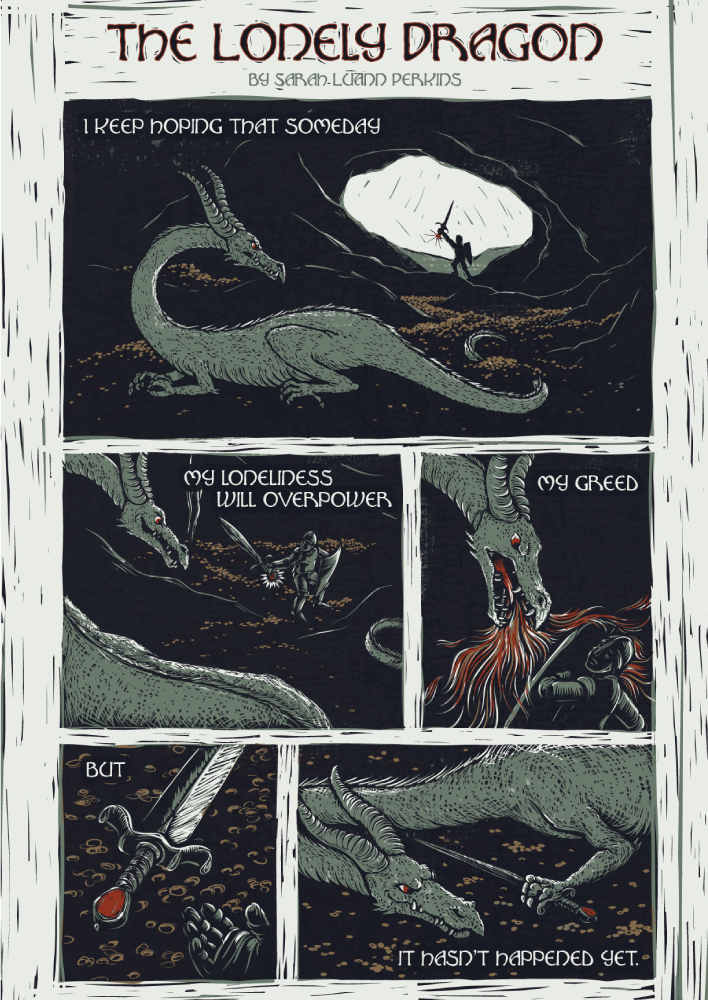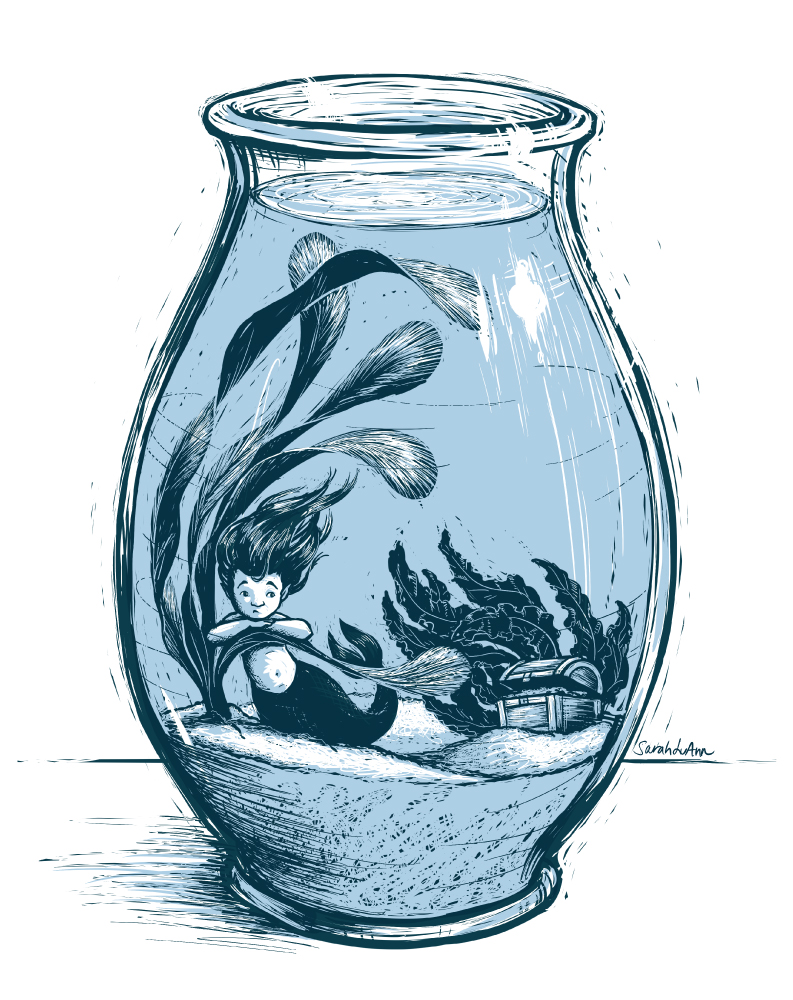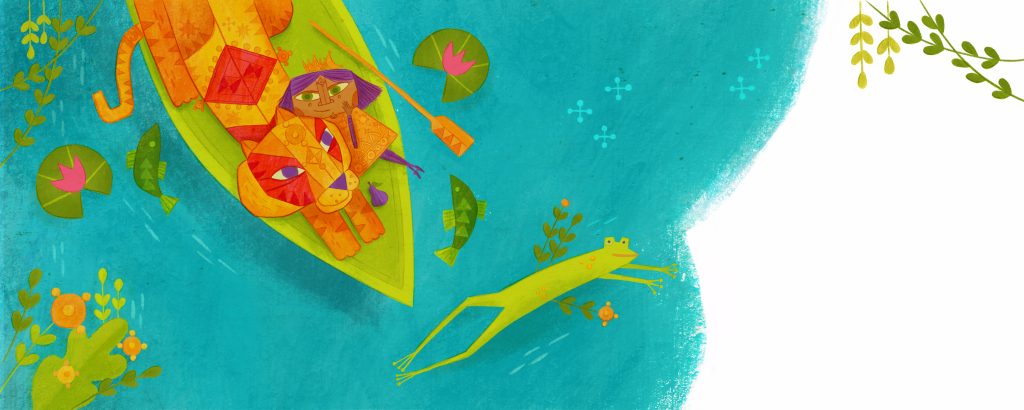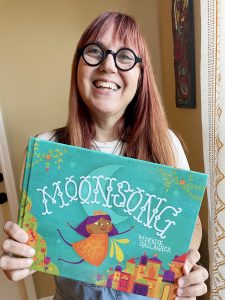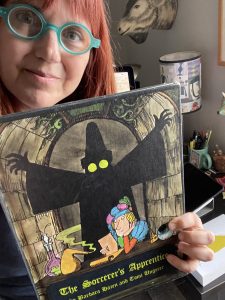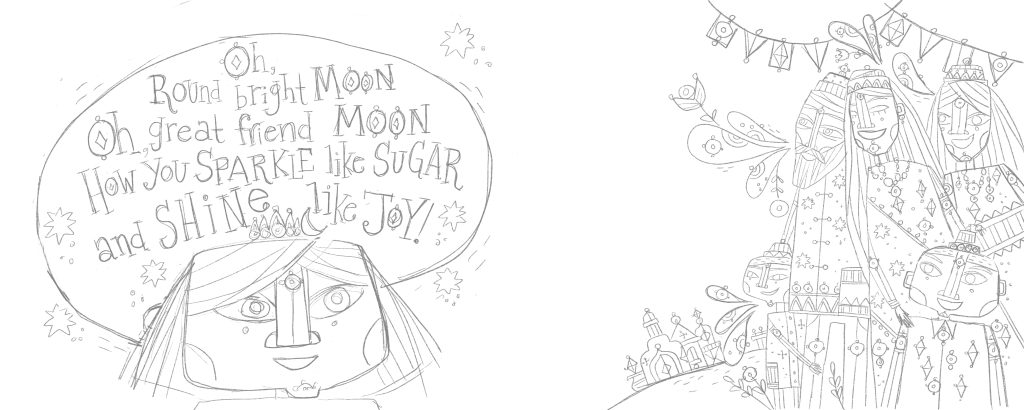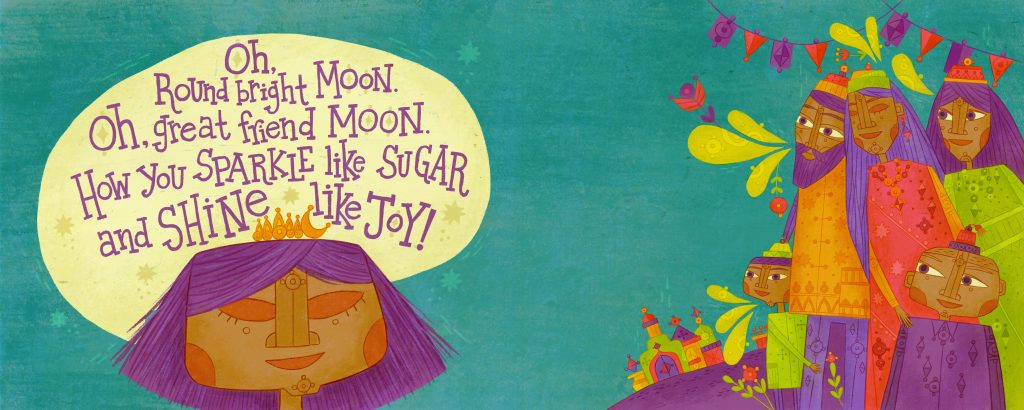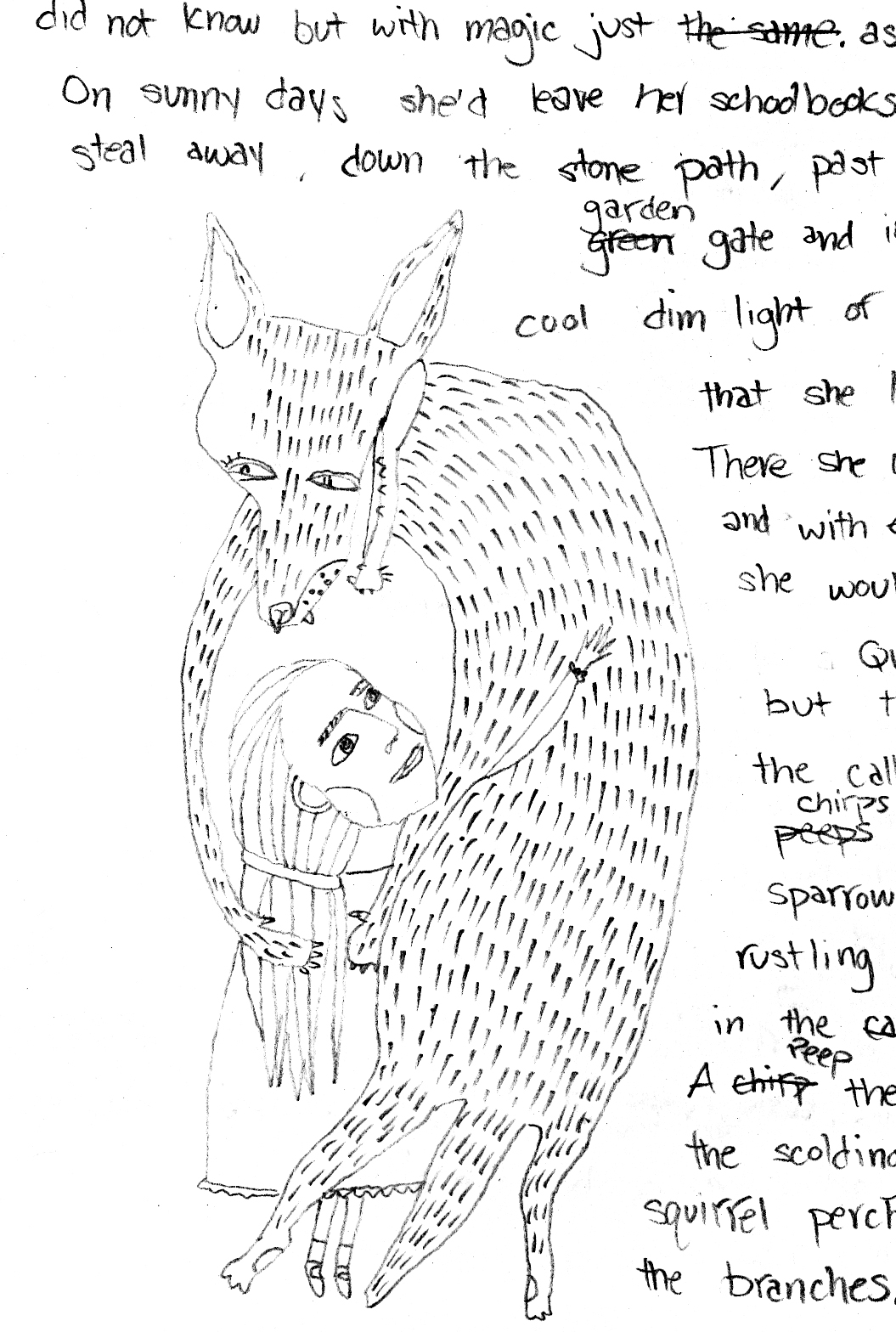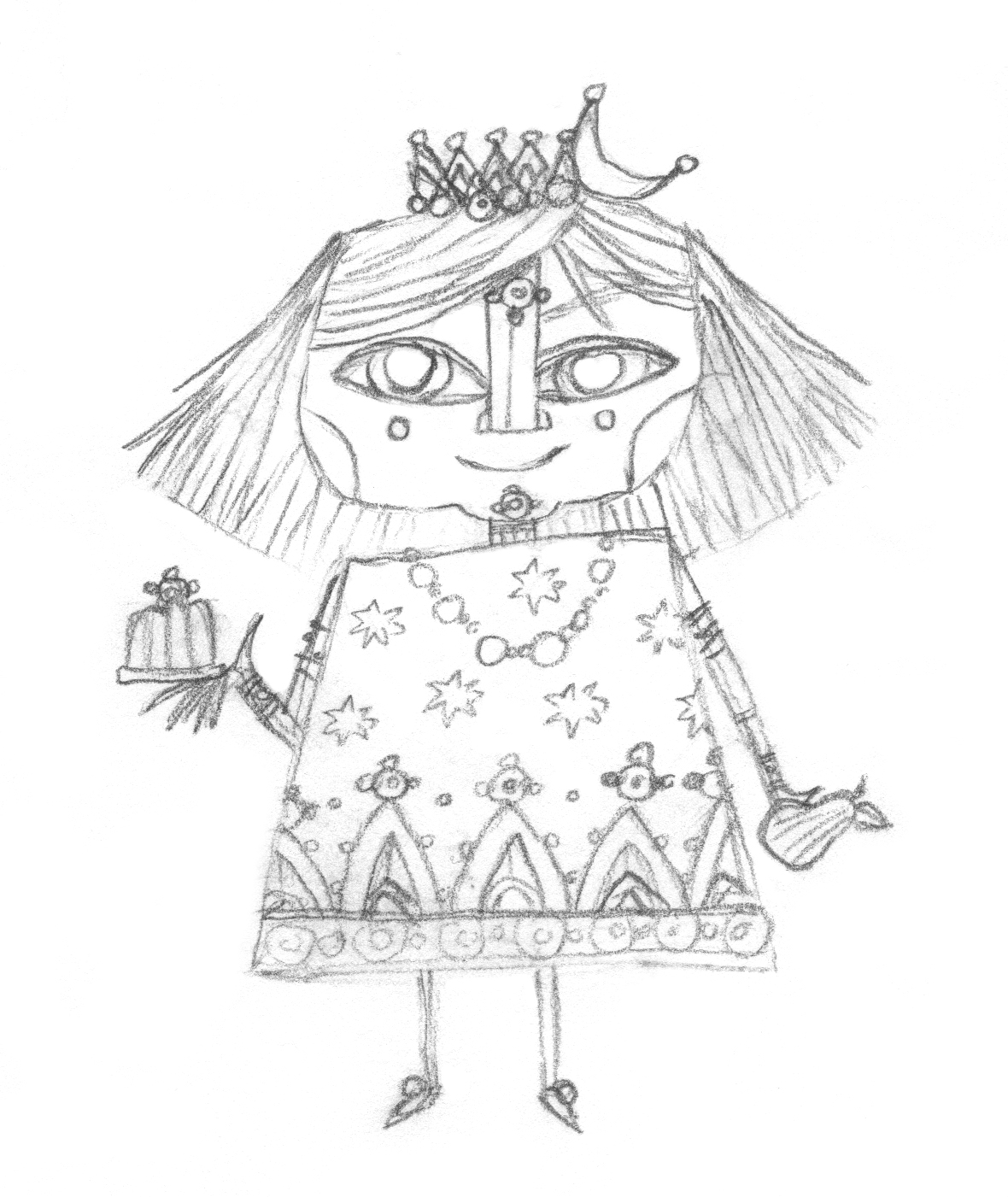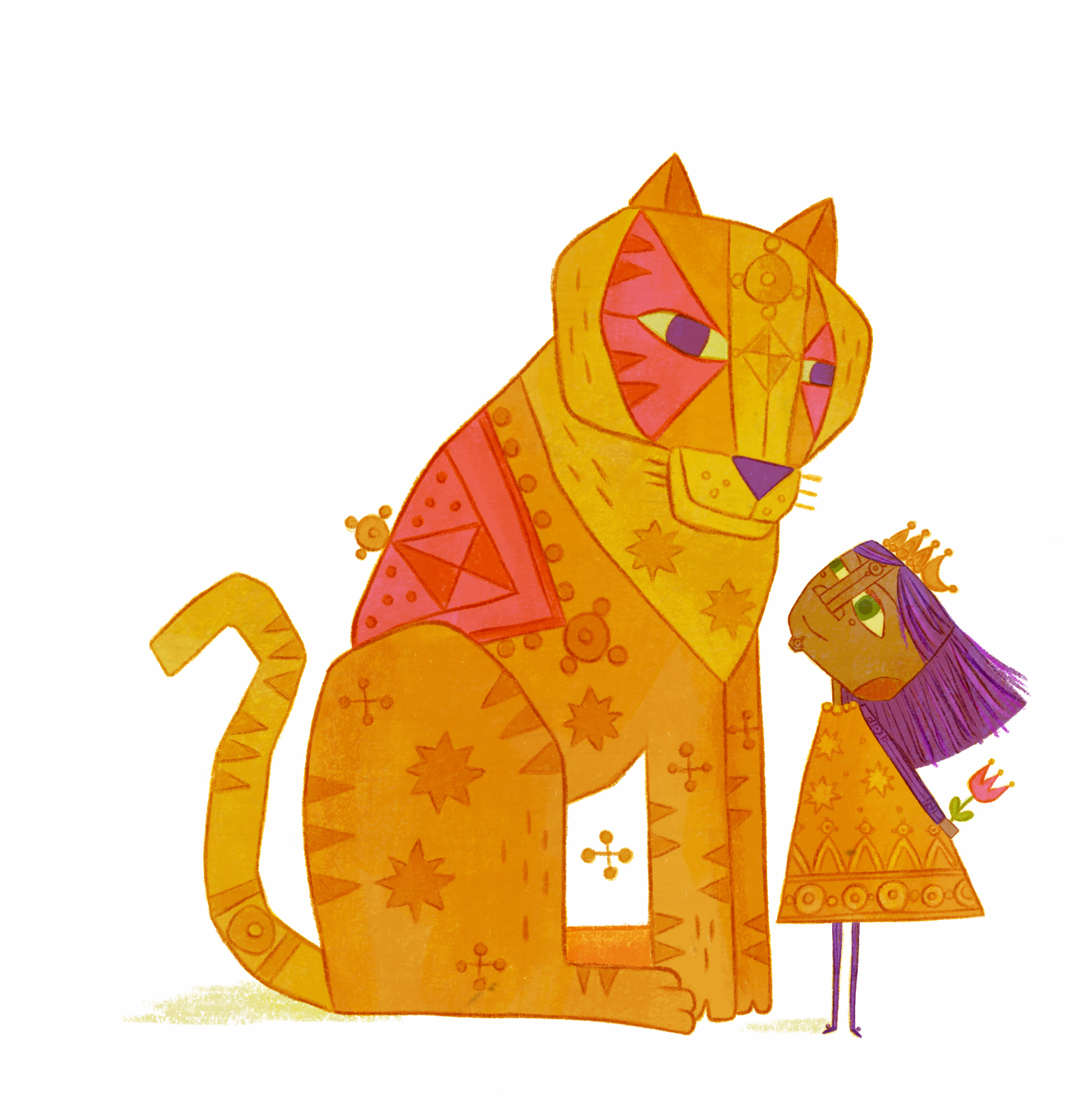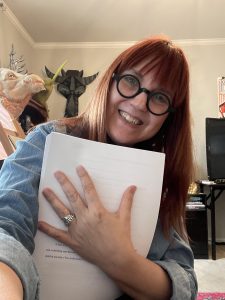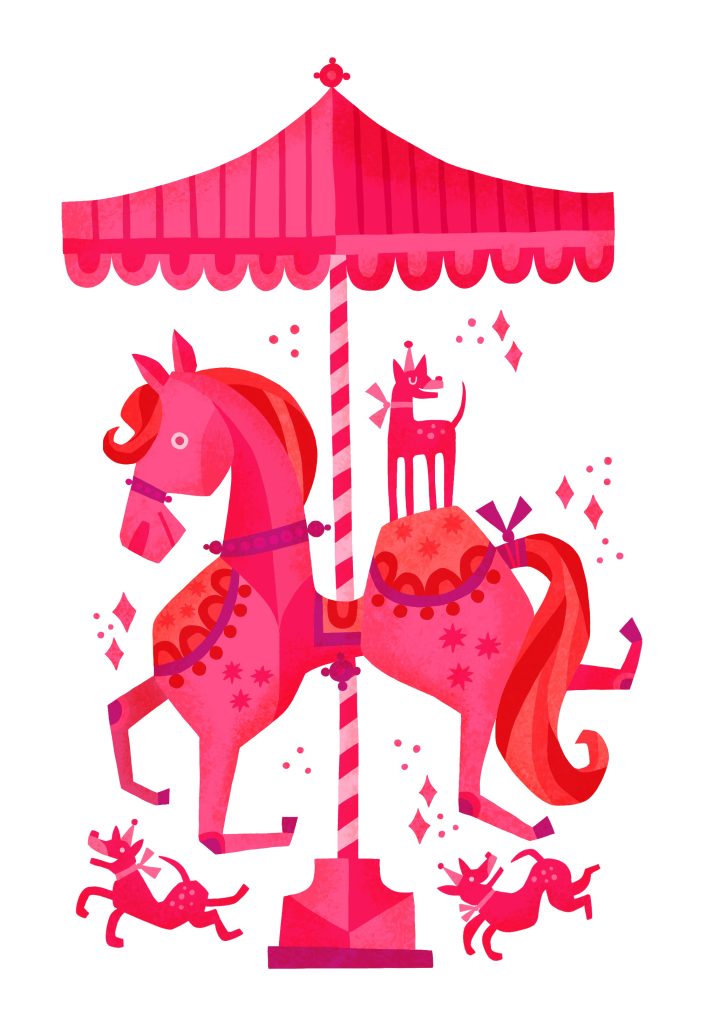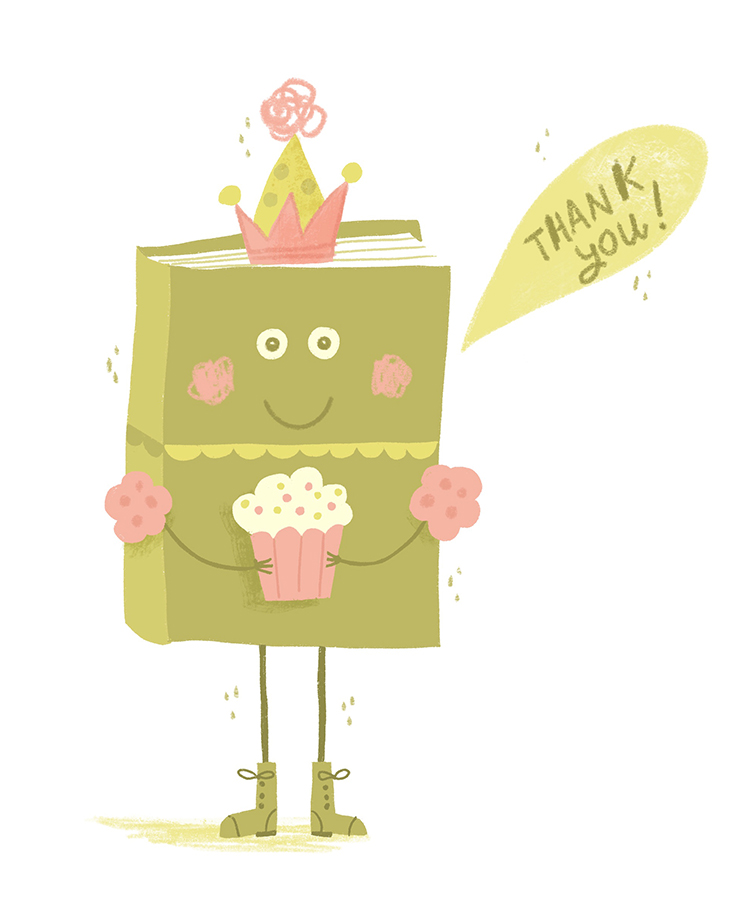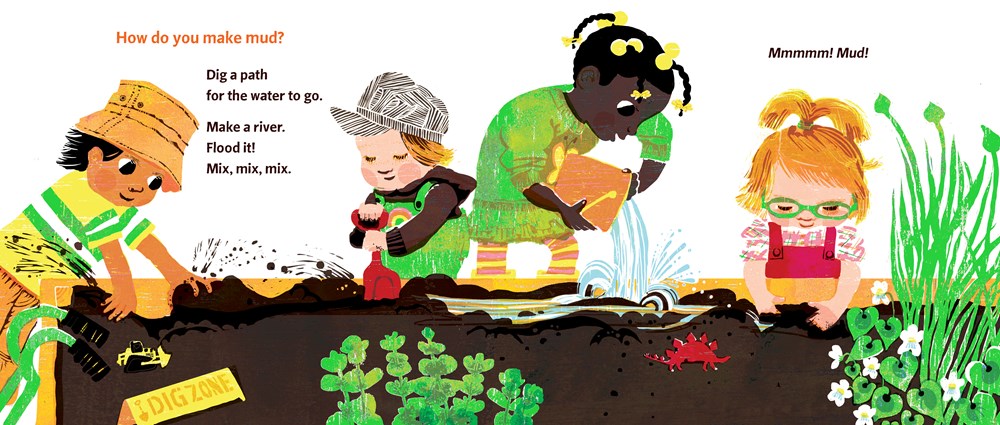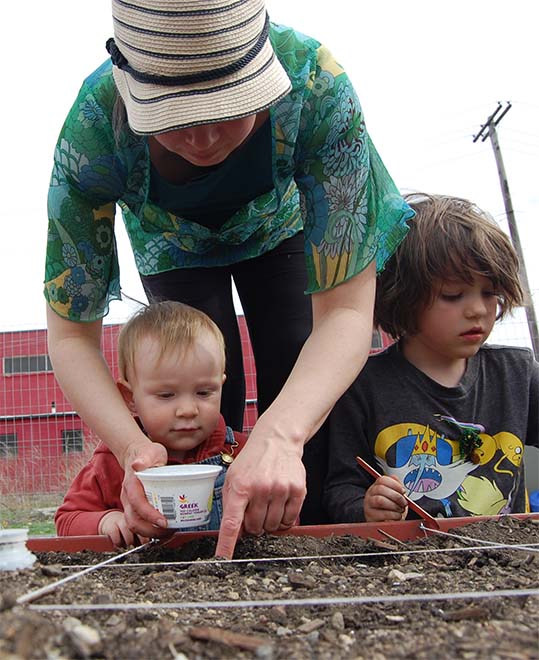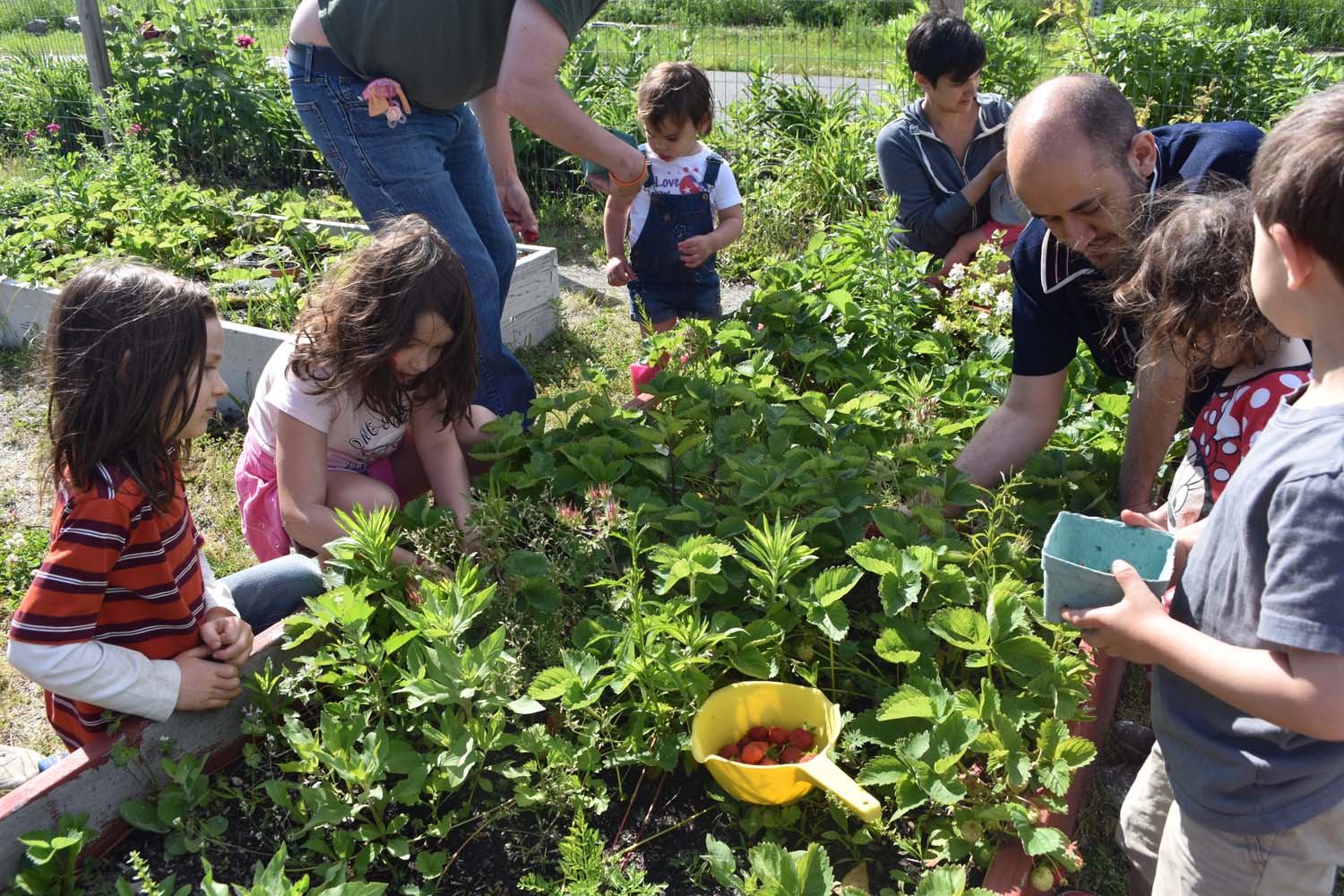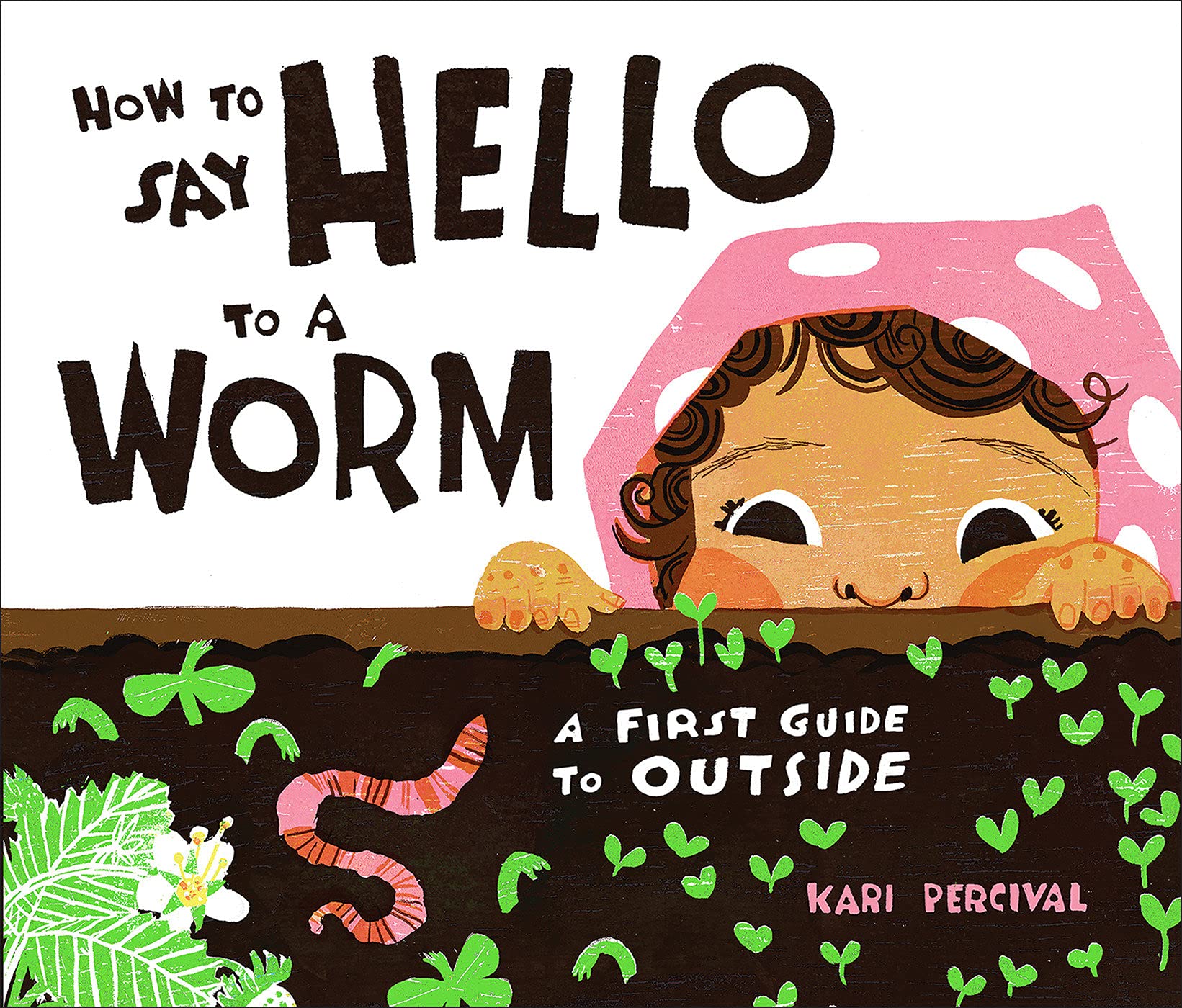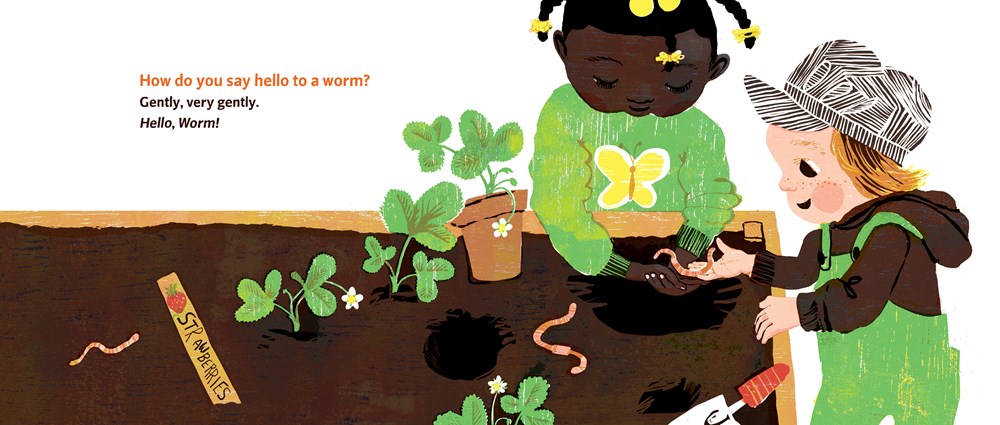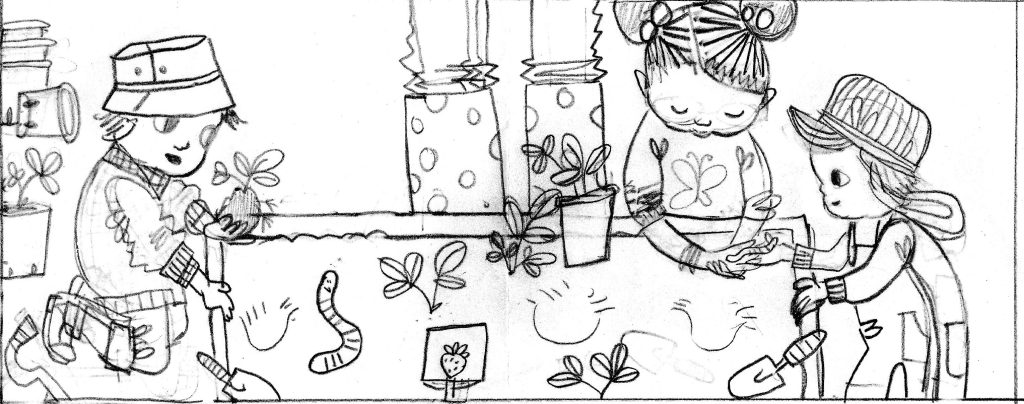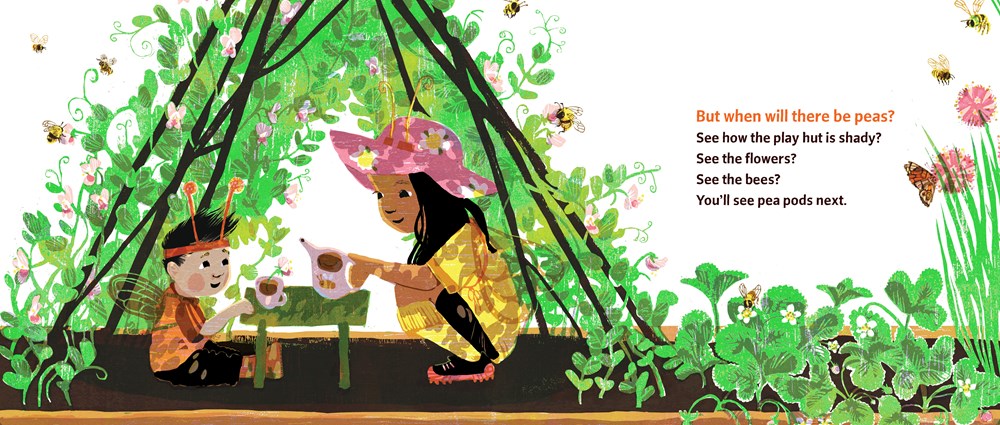KidLit Connection: Getting to Know Illustrator Heather Brockman Lee
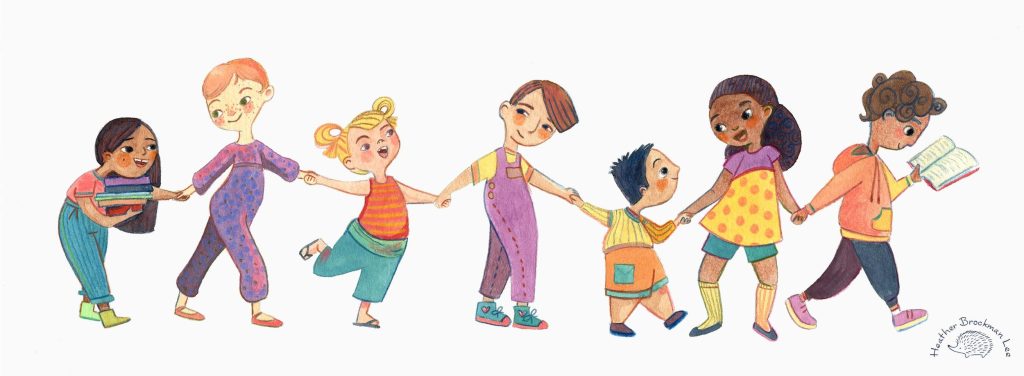
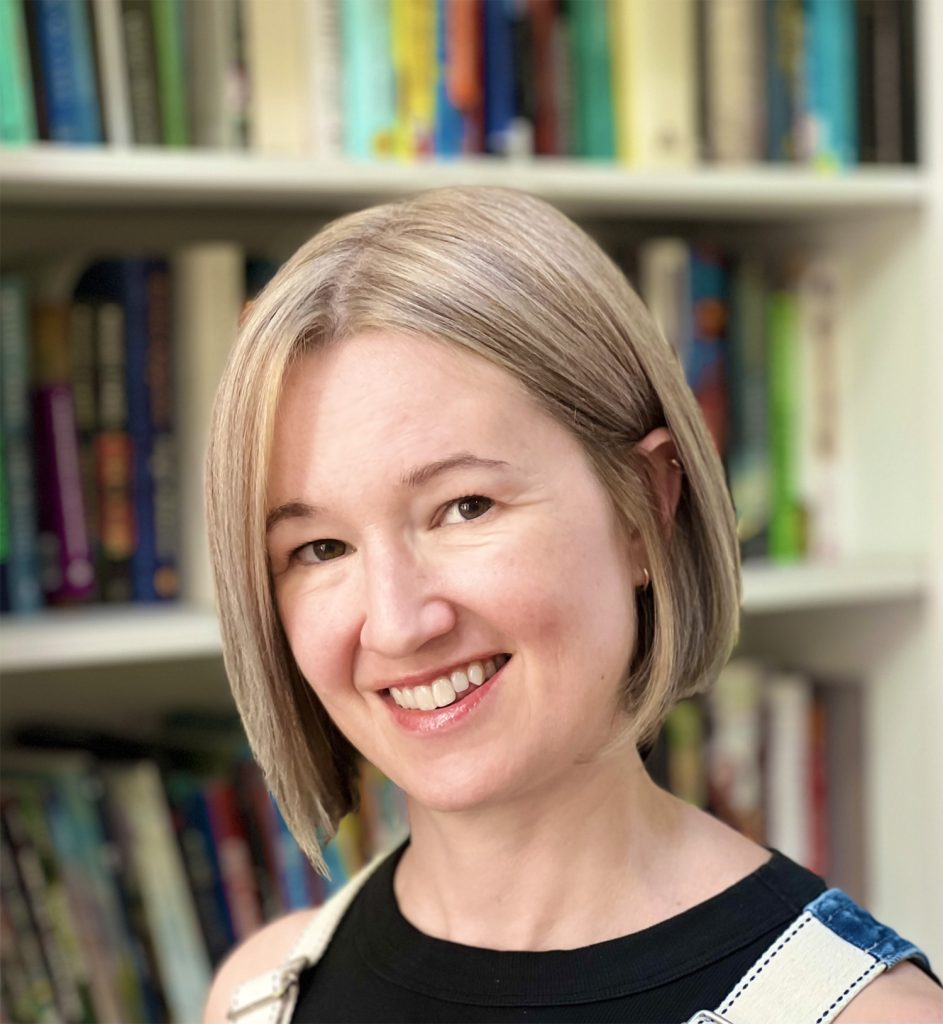
I’m delighted to bring you another KidLit Connection interview with an illustrator I adore. This month, I chatted with Heather Brockman Lee, a picture book illustrator (and soon-to-be author/illustrator) and licensing illustrator. Heather’s work is whimsical and soft, inspired by nature and magic. She has three books she’s illustrated that are on the shelves for you to enjoy now (check them out on her website), and two more on the way this coming year! Plus, more in the works. In the interview, we chatted more about those books.
Heather has been the winner of multiple awards, including the portfolio showcase award from SCBWI in 2021. She is also a mentor through the Michelle Begley Mentorship Program as part of the Rocky Mountain chapter of SCBWI. Heather lives in Colorado with her family and when she’s not painting in her studio enjoys spending time outdoors and keeping active. Not surprisingly, she is a lover of books and animals.
I’m so happy to share this interview, as Heather had some great insights and fun behind-the-scenes peaks at her work and process. I hope you enjoy hearing from Heather as much as I did!
An Interview with Children’s Book Illustrator, Heather Brockman Lee
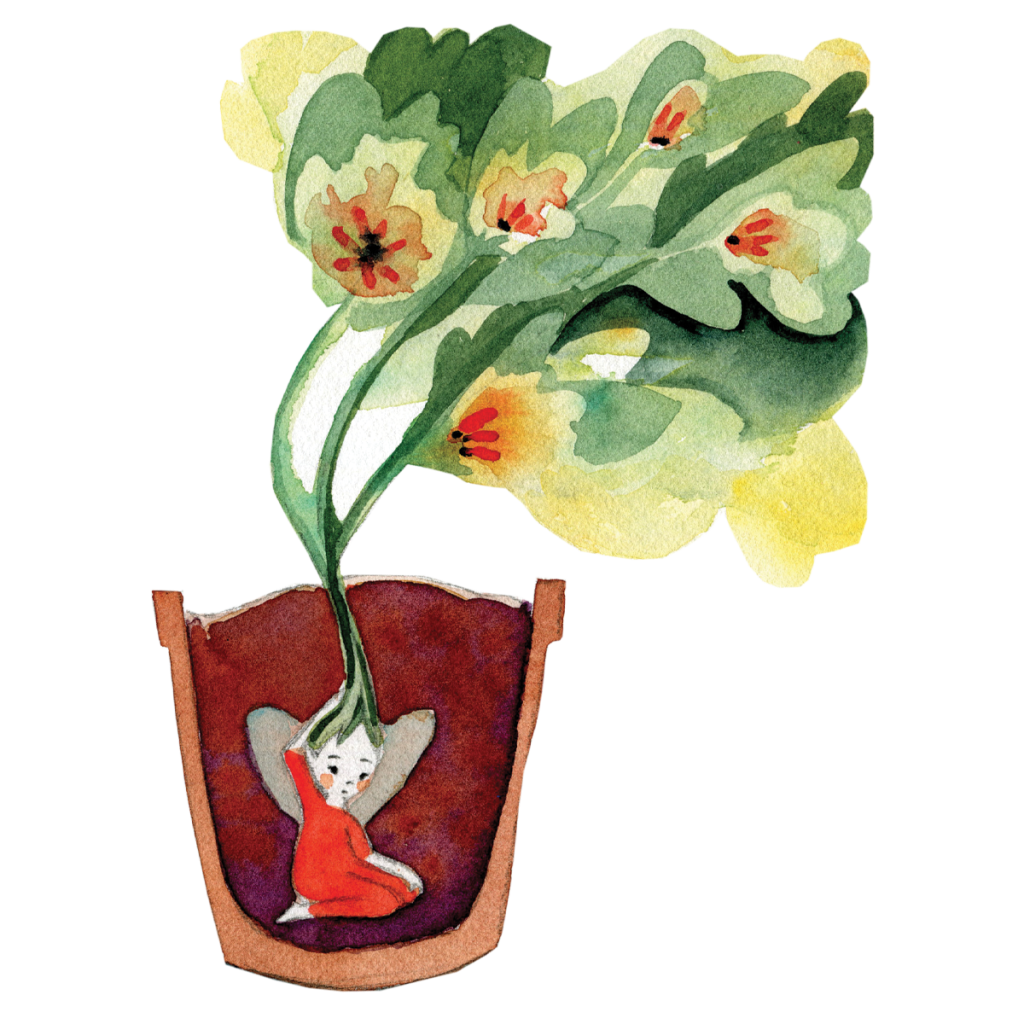
First, we’d love to hear more about you and your work as an illustrator. Can you tell us more about yourself as an artist of books for kids?
Yes! And thank you so much for having me. Books and art have always played a huge role in my life, and I feel so lucky to be building a career making books. When I am not working on a book that is under contract, I am usually painting and sketching for projects to send to my agent that will hopefully become future books. I also love to experiment and push myself with personal work, constantly trying to improve. I am very fortunate to know a lot of other illustrators and I love sharing work with them and talking art. My favorite pieces to make are ones that hold a little magic, and I try to include that feeling in realistic scenes also.
How did you first start creating art for children’s books? What led you to this particular career?
I graduated college with a BA in Fine Art, and I had some really cool jobs but they mostly centered around doing art for spaces that required wealth to create. This makes sense, because it is usually expensive to have custom textiles or stained glass made. But I wanted to make work that was more meaningful and accessible. I have always loved books and story so being an illustrator is a perfect fit, but it took me a long time to get started because I really didn’t know how a person got work in publishing. Finally about 7 years ago I literally just googled “how to illustrate children’s books” and that took me to the SCBWI website, which lead to me learning so much about the industry, and meeting my critique group, who have all been formative to my career.
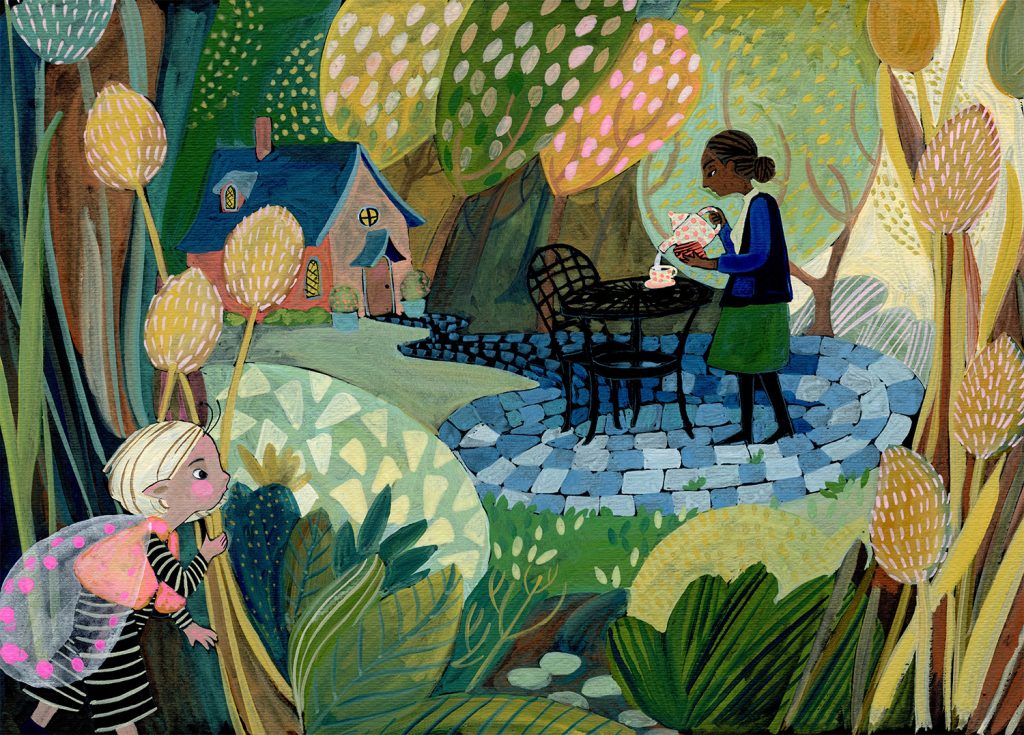
Shop talk! Can you tell us more about how you work as an illustrator? What are the different ways you approach your pieces and various tools you use to create them?
This might be my favorite subject to talk about! I love working with traditional materials and doing a lot of experimentation combining different techniques and media to get the exact look I am going for. When I start working on a new book project, I think a lot about the medium I want to use to best express the mood of that book. The mediums I use the most are gouache, watercolor and colored pencil on a variety of papers meant for watercolor or mixed media. My current favorite is Arches 300 lb hot press- which is pricey but so worth it (and I can paint on both sides!) I also really love using textured papers and ephemera in my images. While the bulk of the work is done traditionally, I also use procreate on my iPad for sketching, and photoshop to edit or create digital collage from my scans.
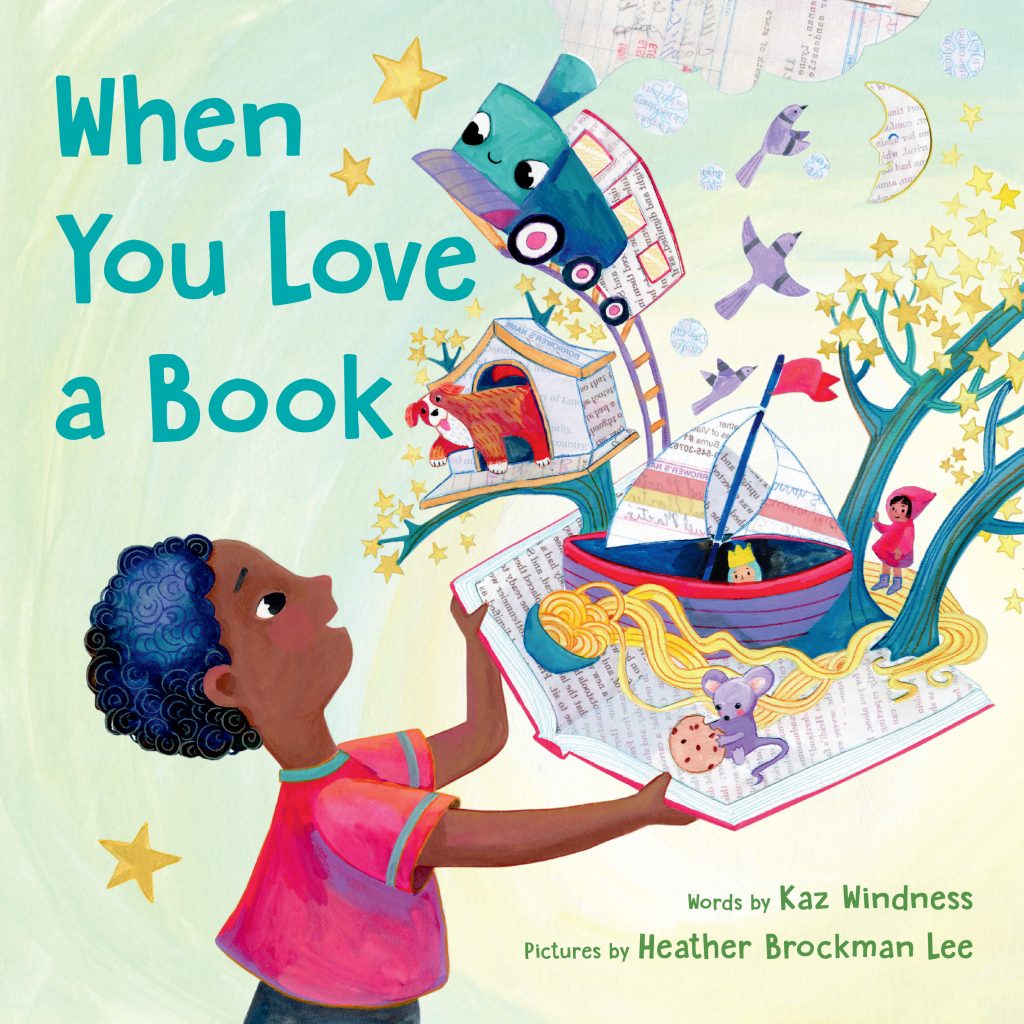
I’m so excited for your next book that’s set to come out in May of 2024, WHEN YOU LOVE A BOOK, written by Kaz Windness (who I interviewed last year) and published by Penguin Random House! This is an extra special collaboration because you and Kaz are also critique partners. Can you tell us more about this book?
Yes we are so excited about this book! Obviously most people that go into publishing do it out of a love for books so it will be no surprise that books have meant so much to both of us throughout our lives. We have had conversations about books being friends to us when we really needed them, and when Kaz wrote the manuscript she asked if I would consider illustrating it. Of course Kaz herself is a very skilled and talented illustrator, but she felt that her style might lean a little too edgy for the project, and she also wanted the experience of being on the writing side only. I loved the manuscript and agreed immediately! We like to say it is a book about friends being books made by friends who make books. The book itself is a beautiful tribute to classic stories that shaped so many of our childhoods, and that many of us continue to pass down to our own children and grandchildren.
Since you personally know the author of WHEN YOU LOVE A BOOK, how was your experience illustrating this book different from other books? Was there a more direct collaboration than other projects? Or did you still work primarily with the art director without author feedback?
As you mentioned, Kaz and I are in a critique group together, so we are very used to giving and receiving feedback on projects. While we were getting the book ready for submission, we treated it as we do all book dummies in the critique group. She had great feedback on the sketches, as did our other critique partners, but was very careful to respond to my ideas as opposed to telling me how she would illustrate it. As a fellow illustrator, I really admire her restraint! I think a collaboration like this really needs to have a mutual trust and respect in the other’s skillset which fortunately we have. Once the book sold, the publisher treated us as they would any author and illustrator, with separate contracts, and my interaction was mostly with the Art Director Sophie Erb (who is wonderful to work with!)
What were your favorite parts about illustrating WHEN YOU LOVE A BOOK? In contrast, what was something you found challenging about the project?
My favorite part was collecting and using old library cards signed by children and collaged throughout the book. I found most of them on Etsy or Ebay, and just loved feeling that connection to generations of readers. I didn’t want to cut up the actual cards, so I scanned and printed them on a rice paper meant for printmaking. This allowed me to use my favorite sections more than once, and the thinner paper was easier to work with for cutting and gluing.
The most challenging part by far was trying to live up to my own expectations for the illustrations. I think most artists can never totally satisfy ourselves. I am really proud of this book though and I hope people will enjoy reading and looking at it as much as I did painting it.
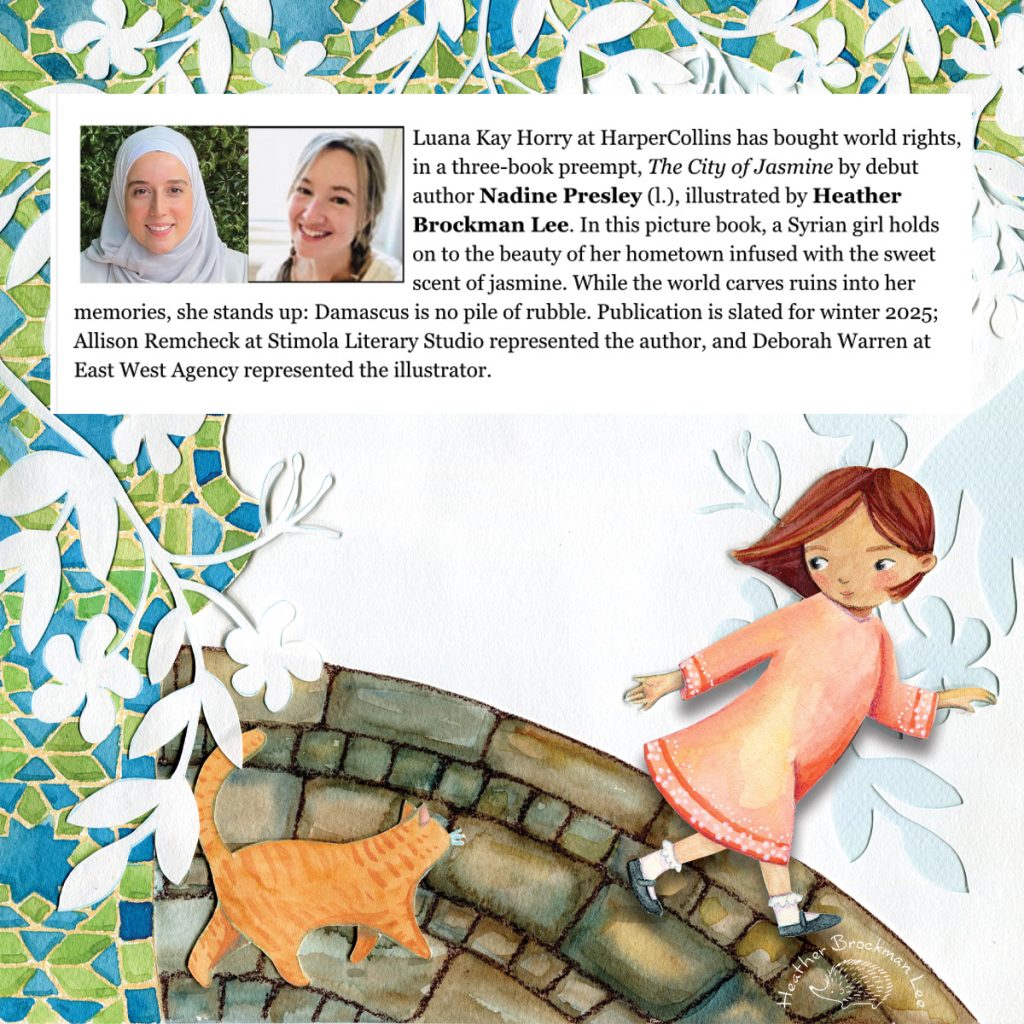
You also have some other projects in the works, including another book you’re illustrating and your debut book as an author and illustrator. Can you tell us more about them?
Yes! Right now I am working on art for City of Jasmine, by Nadine Presley. She is a debut author (with more books on the way) and has written a beautiful book honoring her beloved city of Damascus. I am working closely with her and our publishing team at Harper Collins to bring her vision to life. This is another example of a less than common setup, as this is such a personal story for Nadine we all want her to be very involved in the creation of the art. It is scheduled to release in winter of 2025.
I am also working on my debut as an author/illustrator, about a little girl and her umbrella that helps her feel safe and secure, which will come out the following year, also with Harper Collins.
What is your biggest hope for your work as a children’s book creator?
My biggest hope is for longevity and to make a positive impact on the children who read the books. I love this job so much and never get tired of painting and stories. I want the books I work on to reach children and readers who will enjoy them, and hopefully some will even love them. I think stories are the foundation of our shared humanity and can bring people together in unique ways.
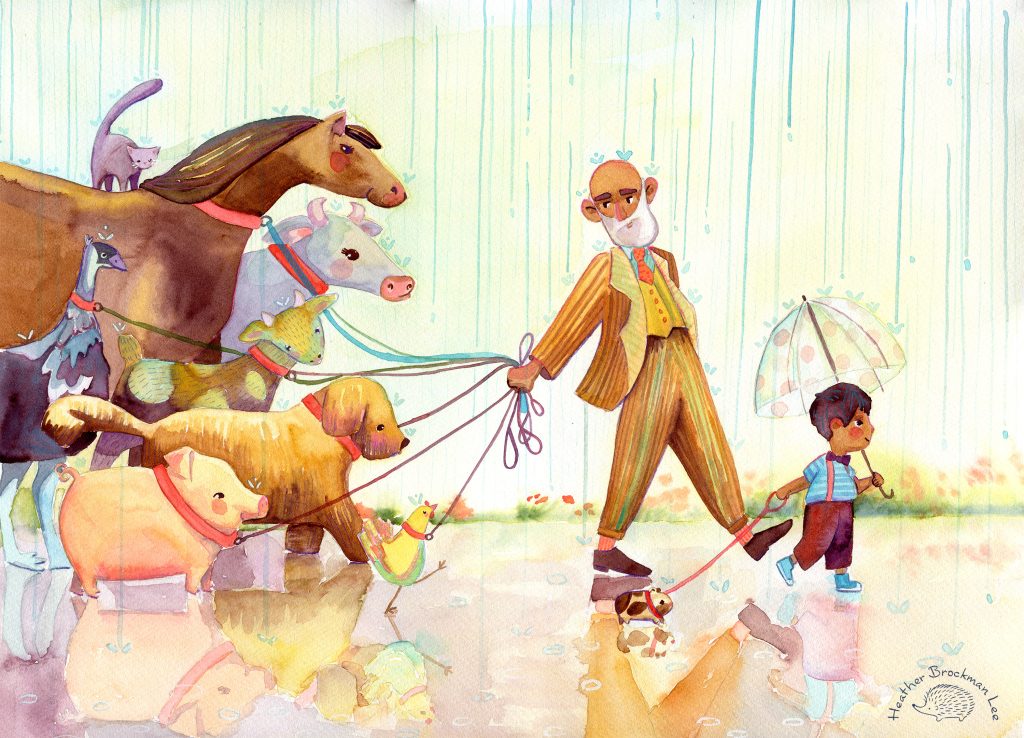
If you could share something with aspiring picture book illustrators, what would you tell them?
I think this advice is given a lot, because it is still true. Don’t try to be like everyone else, don’t just copy the most successful or popular trends. Really dig deep and look inward to figure out what you want to say to the world, and how to say it. Most paths to becoming a picture book illustrator are long and challenging, so it’s really important to be making work that you love and is authentic to you—because you will need to make a lot of it.
Check Out Heather Brockman Lee’s Books
Heather has three books out NOW for you and your family to enjoy! Plus, you can pre-order When You Love a Book to get it as soon as it hits shelves in 2024.
You can also ask your local library to order the books for you and your whole community to enjoy!
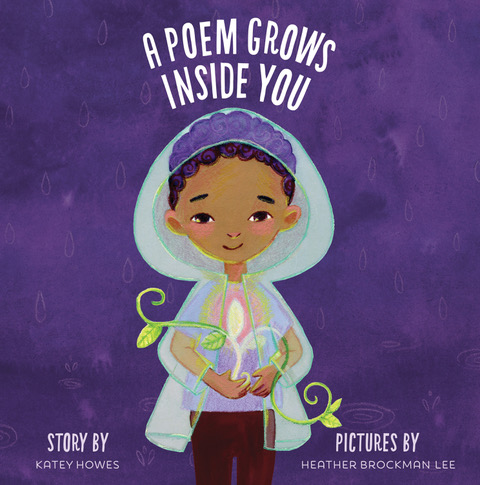
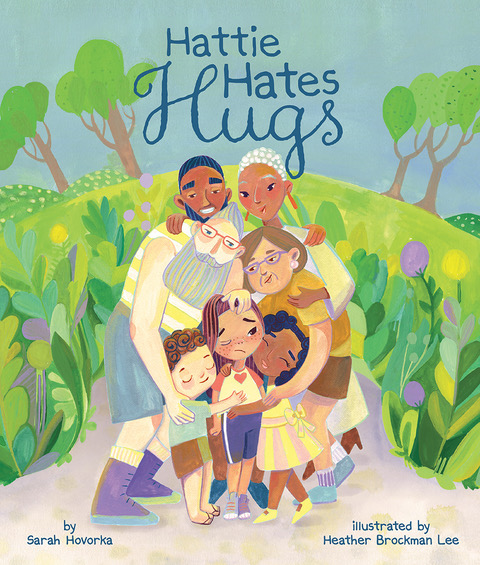
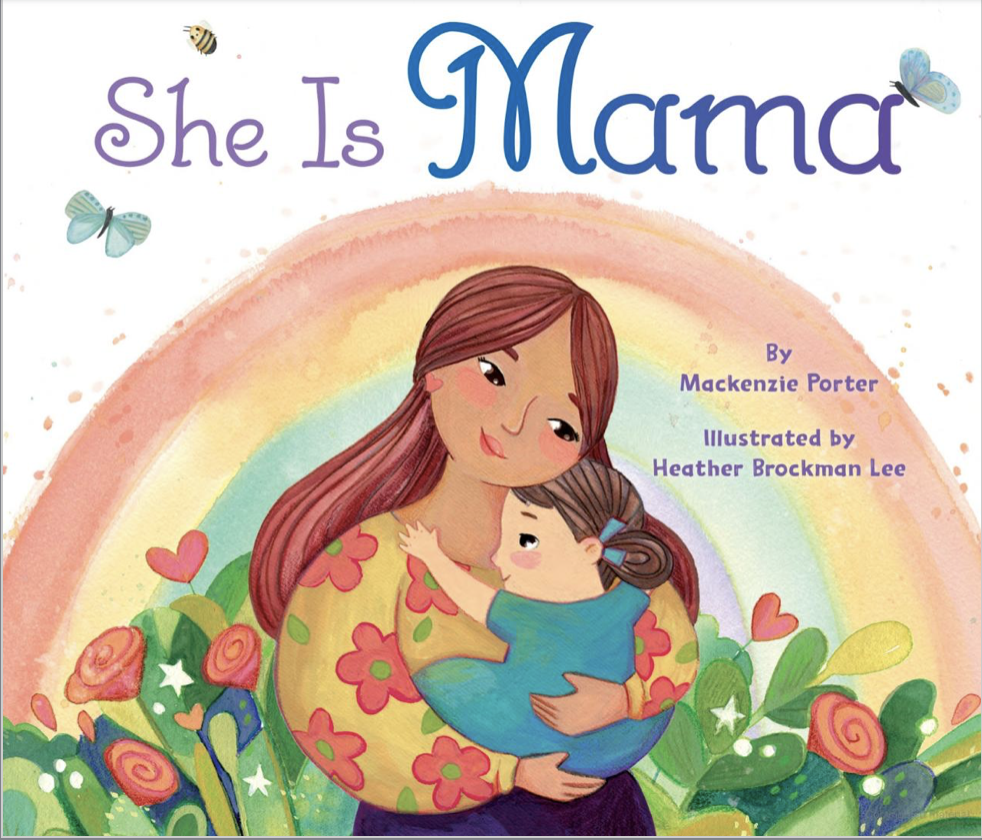
See More From Heather Brockman Lee
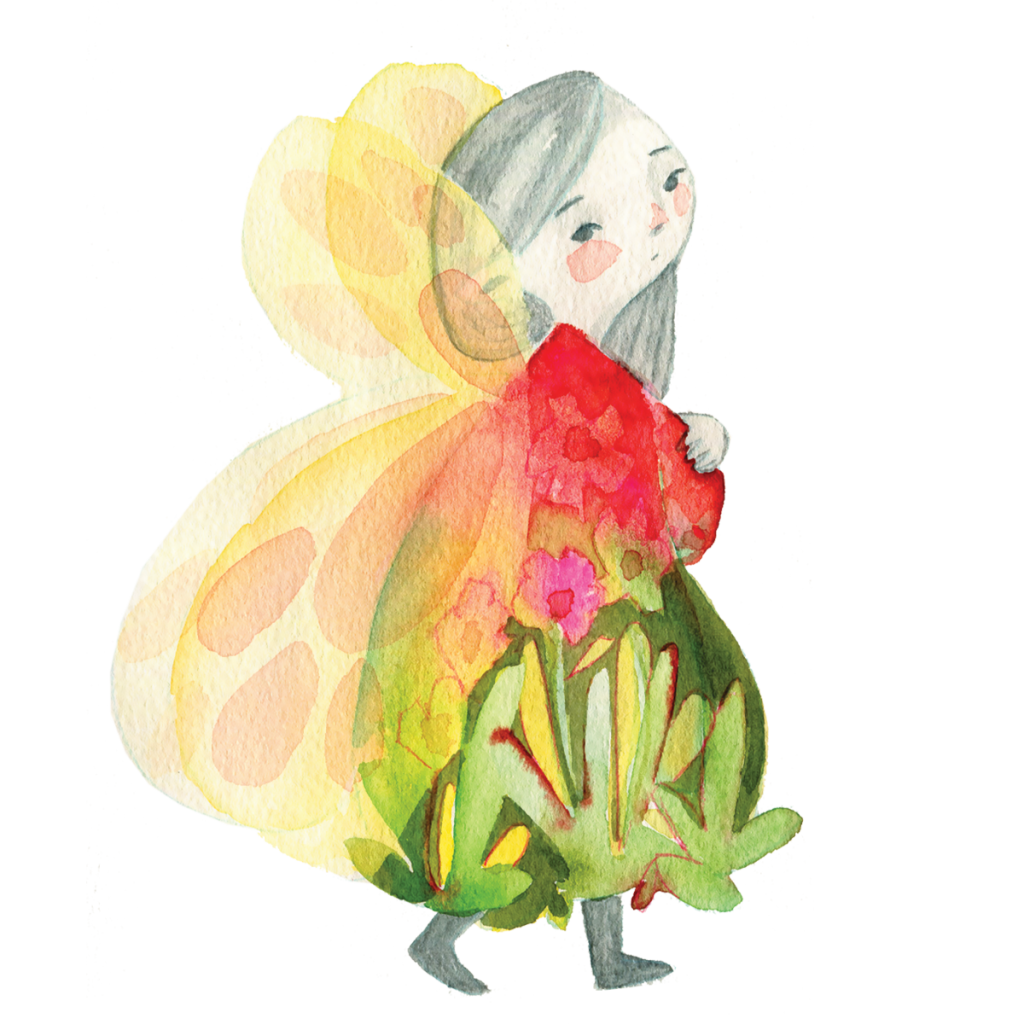
To learn more about Heather Brockman Lee, see more of her work, and stay up-to-date on the latest about her projects, visit her website and social media pages:
- Visit Heather’s Website
- Follow Heather on Twitter/X
- Follow Heather on Instagram
- Follow Heather on BlueSky
Heather is represented for children’s books by Deborah Warren at East West Literary Agency.
Are you a published or soon-to-be published illustrator or author/illustrator who loves creating books about nature, animals, or the environment? I’d love to chat with you for a KidLit Connection interview! Send me a message.
